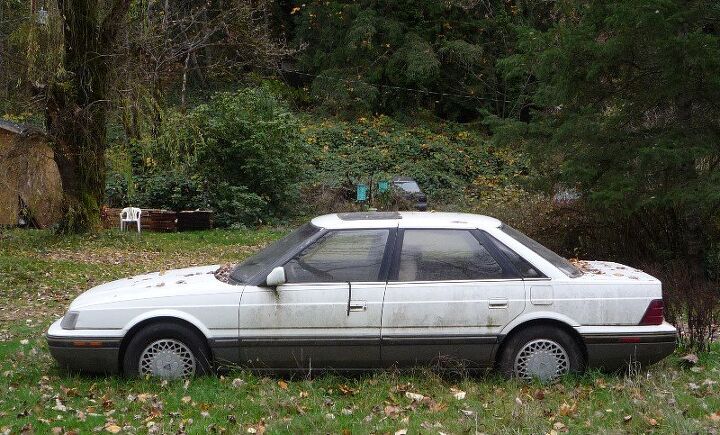82 Views
While You Were Sleeping: The Unbuilt Beauties of British Leyland

by
Mark Stevenson
(IC: employee)
Published: April 30th, 2015
Share
We go down memory lane this morning and look at some of the great cars British Leyland didn’t build.
- Get your Windows 10 preview for Raspberry Pi 2 while it’s hot (Engadget)
Ever wanted to make your own infotainment system? This would be a good place to start. - Team Hero EBR Withdraws from World Superbike (Asphalt & Rubber)
It was only a matter of time before the Erik Buell Racing bikes withdrew from racing - Vale Greg Cook (GoAuto Australia)
“The Australian automotive industry is in shock after Mitsubishi Motors Australia Limited’s (MMAL) director of sales Greg Cook died suddenly this week.” - This modified Hummer hybrid will go to the South Pole on biofuel (AutoBlog)
The original Hummer isn’t the first vehicle I’d think of to do a “green” trip to the South Pole. - Throwback Thursday – BL’s unseen concepts, 28 April 1993 (AutoCar)
“The worst crime the managers of British Leyland committed during the nightmarish 1960s and 1970s was refusing pig-headedly to build decent cars – or so the critics said…”
#BritishLeyland
#Ebr
#ErikBuellRacing
#HUMMER
#Hybrid
#Infotainment
#Mitsubishi
#RaspberryPi
#SouthPole
#ValeGregCook
#WhileYouWereSleeping
#Windows10

Mark Stevenson
More by Mark Stevenson
Published April 30th, 2015 6:05 AM


































Comments
Join the conversation
The fact that Rover was capable of screwing up its version of the Acura/Honda Legend tells you all that you need to know about British Leyland.
If you were to use a venn diagram to represent cars BL built and great cars, the circles wouldn't overlap.
I do think any vehicle produced by Leyland was an "unbuilt beauty". Leyland had potential. This potential was the fact the maybe one day it could of produced a reliable vehicle. Back in the 70s Leyland Australia used to manufacture the Leyland P76. This was powered by the alloy 4.4 V8. The vehicle could of been great. Because Leyland was involved it was a flop. http://en.wikipedia.org/wiki/Leyland_P76
Leyland did well with large trucks/ buses and owned Standard/ Triumph and Rover. They were arm wrestled into the merger with BMC by then UK government, when they saw the BMC numbers and forecasts up close they wanted to back out of the deal. It was supposed to be a merger of equals but most of the BMC management were pushed aside as part of the agreement with Leyland. BMC was in terrible shape, and was heading for bankruptcy. Morris and Austin had merged 15 years earlier but minimal consolidation had occurred with factories. Multiple dealers with badge engineered Austin, Morris, Riley, MG, Wolseley models. The money that Leyland required for investment on new models was squandered on keeping the BMC part of the business afloat. Leyland should have stayed independent, or looked for a better suitor.